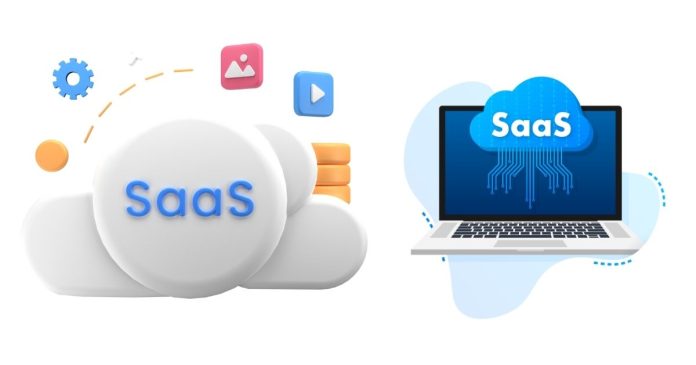Software as a Service (SaaS) is a cloud-based software delivery model that allows users to access applications over the internet rather than installing them on their devices or maintaining complex infrastructures. With SaaS, the software is hosted, maintained, and updated by a third-party provider, freeing businesses from the responsibilities of traditional software management.
The most significant advantage of SaaS is its accessibility. Instead of purchasing expensive software licenses and dealing with installation or hardware requirements, users can simply subscribe to a service and access the application through a web browser. This reduces upfront costs and eliminates the need for IT support to maintain or update the software.
SaaS applications cover a wide range of uses, from email and collaboration tools like Google Workspace and Microsoft 365 to specialized software for accounting, customer relationship management (CRM), and project management. These applications are typically offered on a subscription basis, either as a monthly or annual payment.
Another key benefit of SaaS is its scalability. As businesses grow or change, they can easily scale their usage up or down without worrying about hardware limitations. SaaS also offers automatic updates, ensuring users always have access to the latest features and security patches.
Data security is a critical concern for SaaS users, and providers invest heavily in encryption and other security measures to protect customer data. However, businesses must carefully assess the provider’s security practices before committing.
In conclusion, SaaS has transformed the way businesses and individuals use software, offering flexibility, cost-efficiency, and ease of access. Whether you’re a small startup or a large corporation, SaaS solutions can streamline operations and improve productivity without the overhead of traditional software management.


